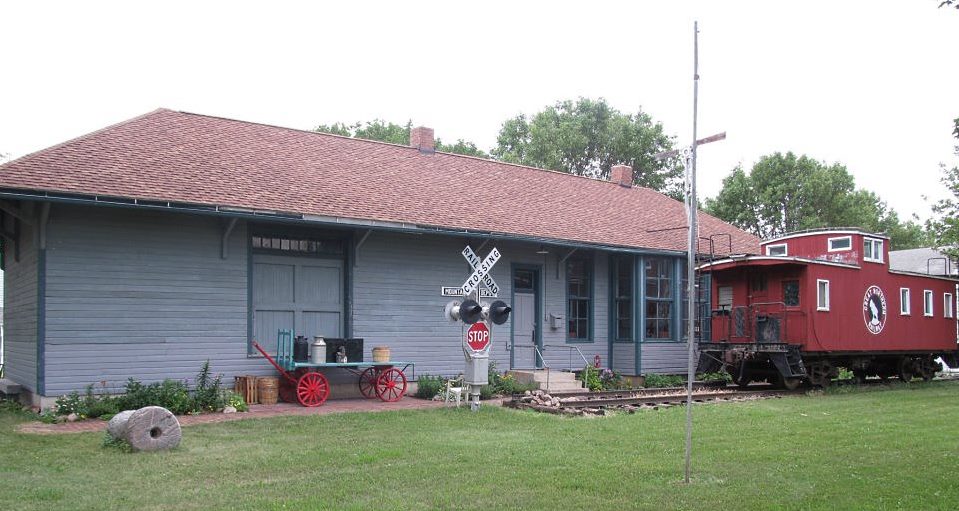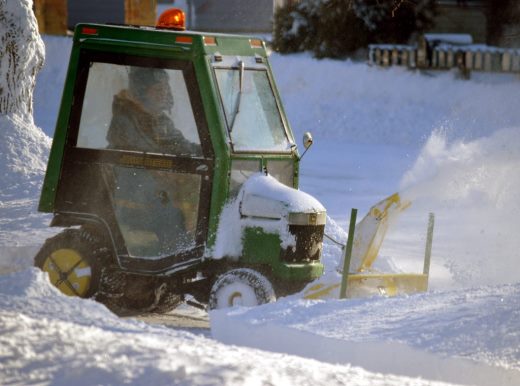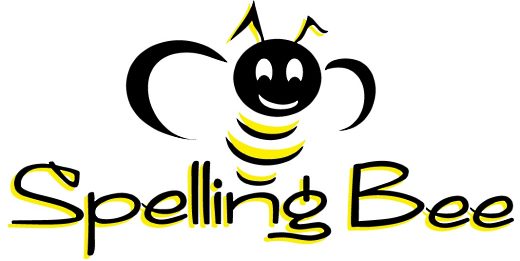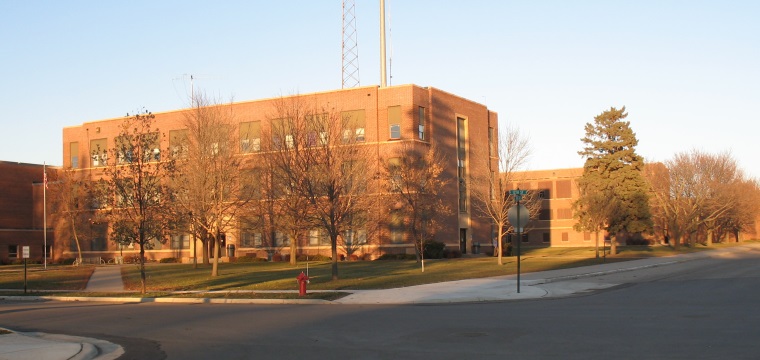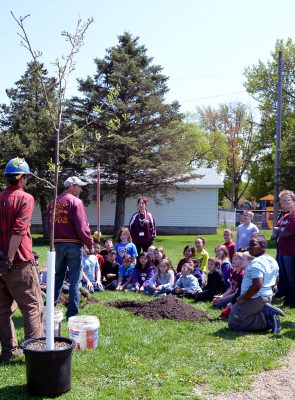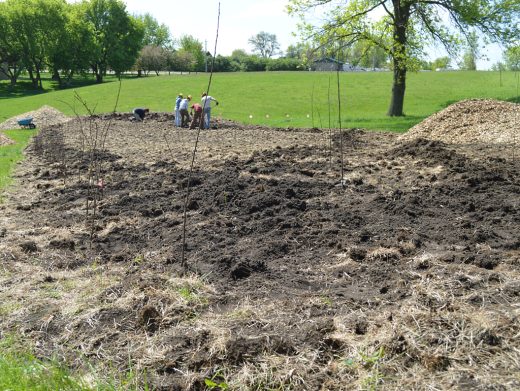Larvae can ‘supercool’ – but do die if they freeze
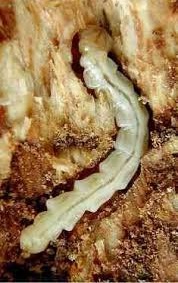
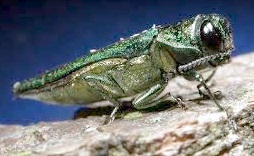
Years ago, Dutch elm disease claimed the “lives” of four elm trees that lined our Sixth Avenue boulevard.
Three ash trees were planted following the chopping down of the elms – but danger could be lurking ahead on the horizon for them as well
However, our ash trees may end up being very thankful for the recent extreme cold wave outbreak. You see, the arctic blast – or polar vortex, if you prefer – had the potential to kill off a large percentage of ash border larvae. A large percentage of Minnesota had close to 84 consecutive hours of sub-zero temps from this past Sunday morning, January 5 through Wednesday morning, January 8. The deepest cold peaked at around -20 degrees Fahrenheit on Monday morning and -26 degrees Fahrenheit Tuesday morning.
According to those “in-the-know,” including Dave Bucklin, District Technician with the Cottonwood County Soil and Water Conservation District, those winter temperature blast hours could have caused a lot of mortality for emerald ash borer larvae. The larvae can “supercool” to a certain point – but they do die if they freeze.

States Bucklin, “I did a little research and came up with some general figures on the possible affect of cold on the emerald ash bore (EAB). Studies have shown that at 0 degrees about 5% of the EAB larvae will die. At 10 below about 33% will die, at 20 below about 75% will die and at 30 below about 95% will die.”
“I did also read that these temperatures would need to be prolonged for several hours – not just a one hour low then rise,” adds Bucklin. “It also said that the EAB larvae are under the bark of trees where it will stay 2 to 7 degrees warmer. With all that in mind our just passed cold snap that hit 20 degrees below zero for a prolonged period should have taken a toll on the EAB population in Minnesota. If you add back the 2-7 degrees for the bark protection we might have lost or for the areas of Minnesota (southeastern part of the state, Twin Cities, and the Duluth area) that do have the EAB, did lose 50% to 75% of the overwintering EAB.”
Bucklin continues that while this sounds like good news, “Winter mortality has been around every year of the steady progression of the EAB in the United States. It has gone from one state – Michigan in 2002 – to 22 states in 2013. Even though it might move slower in colder climates – I believe that the best way to deal with the EAB is to prepare for the eventual arrival by planting a diverse urban forest while we still have our ash trees.”
In addition, reports indicate that the insects that did survive the cold spell might be more resistant to the cold than the average insect – and possible give rise to a new generation of more cold-tolerant insects – although much is not known about this type of selection in the EAB.


